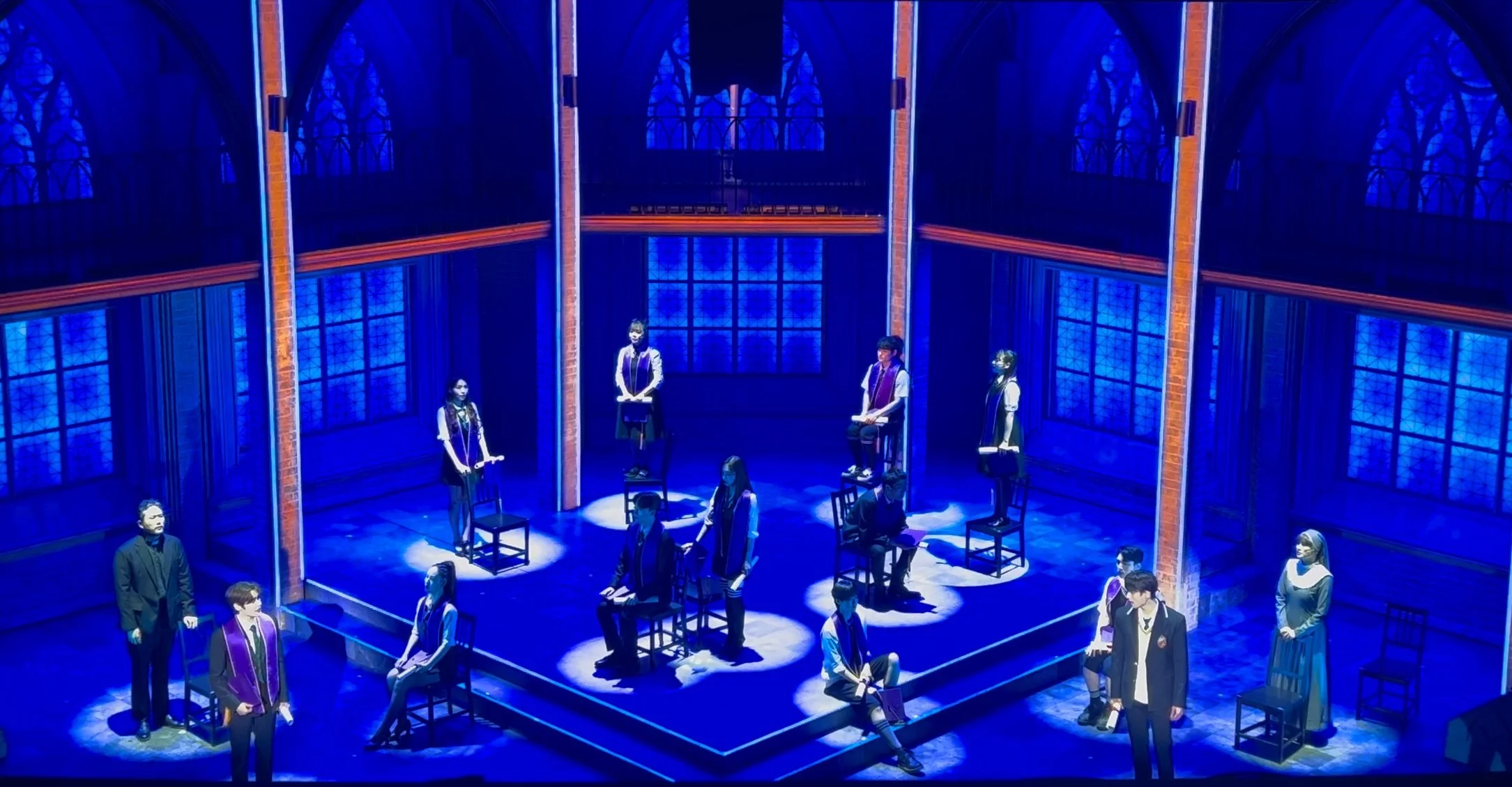By Paige Comeau ’26
Managing Editor of Content
Beginning on Oct. 20, 2025, the Division of Student Life instituted a new “party policy” for Mount Holyoke College students and residents, aimed at “clear and structured guidelines to host fun, responsible and safe gatherings that respect all residents and residential spaces.”
In sum, the Party Registration Policy mandates for students to use residential spaces for throw parties, they must first register as party hosts, complete a host training, request use of the space they intend to have the party at, and comply with a list of other provisions regarding the actual party, the hosts, and the attendees.
For instance, parties must be confined to the pre-approved space, end by 1:30 a.m.,comply with public safety, follow very specific rules around alcohol’s presence and consumption, and may not exceed the space’s capacity, or exceed four hours in length..
Hosts in addition to registering themselves as party hosts and completing a host training, must remain sober throughout the party and agree to hold responsibility for: Ensuring the party remains under the max capacity, following all alcohol requirements, cleaning spaces within twelve hours of the event’s end, working with public safety, and upholding any relevant state and federal laws as well as College policies. Attendees must have received a personal invite to the party, and therefore know the host, and agree to follow all party policy guidelines as stated above.
While I understand the College’s desire to somewhat regulate gatherings on campus, especially in an attempt to secure student safety, I cannot believe that this policy is going to do anything except push students to make unsafe decisions in fear of getting in trouble with administration. Students are going to want to experience “traditional” college parties where they are in a dark room, dancing with two hundred strangers, and drinking out of red solo cups. If they cannot experience this safely and openly at Mount Holyoke, they are just going to find some other way to do so.
Let me explain further.
The first, most obvious option that students will take is to simply party somewhere else, either locally, or at one of the other Five Colleges. I have already heard students talking about beginning to host parties in the woods around the College or other local structures, like the Amherst Water Tower. Neither of these would be safer for students, or easier for authorities to access in case of emergency. And, while some students already go to other campuses for parties, I imagine the implementation of this policy will lead to a major uptick in this. This will like leading students to risk driving drunk or high since the PVTA’s schedule late at night and on weekends is largely unpredictable.
As Hattie Nichols ’27, a Mount Holyoke student with experience in harm reduction, said to me, “If you're going to a party in like, a campus that you're not familiar with, that's inherently a lot less safe.” This is only magnified when students are intoxicated. Recently, I had a friend badly break one of her legs at a Hampshire College party while being only slightly tipsy, because she was unfamiliar with their woods’ terrain. I can only imagine what sorts of things students will get into if they begin to go off-campus consistently for parties.
The second option, however, is that students will resort to holding parties in secret, acting recklessly to avoid being caught, and putting themselves and their friends in more danger than they would be at a normal MHC party. While the current Amnesty Policy at the College states no student will get in trouble for having or consuming substances should they call for help for themselves or their friends, it also states that students may still be held liable for other violations outside of substance use, such as property damage or, I imagine, not following the new Party Registration Policy.
Students are going to be less likely to call for help for themselves, their friends, or fellow students if they fear retribution for being at an unsanctioned party. This fear will only be magnified by the fact that the policy encourages students to police each other's partying, something that was made obvious to me in one of the frequently asked question answers on Student Life’s website. It says under, “What will enforcement look like?” that “a secondary goal of this policy is to encourage autonomy and advocacy among students in respect to their peers. Therefore, we hope that this policy also sets students up to intervene between one another in the event that additional steps need to be taken.”
Knowing that Student Life is actively encouraging other students to monitor me and my partying, I feel pressured not to draw any attention to myself, including by calling for help. I’m rather certain that other students will feel the same way.
When discussing this new policy, Nichols voiced the same concerns, stating, “ I feel like a big part of harm reduction is making sure that what you are trying to do is not going to inherently oppose what people are hoping to … do, and that you have to kind of work with it and, like, meet people where they are … [and] saying, ‘Let's do things in a safe space,’ right, or … in a place where we know that the people around us would help us. And by trying to not have parties here, you're taking that away from people.”
“It's so frustrating,” Nichols said, “It's kind of like when there's a big drug bust of somebody who's dealing a lot, then there's a bunch more overdoses, because everybody's going and getting different products, right? And so I'm like, thinking different things, but the same principle … we want to have fun.”
Cat McKenna ’28 contributed fact-checking


















